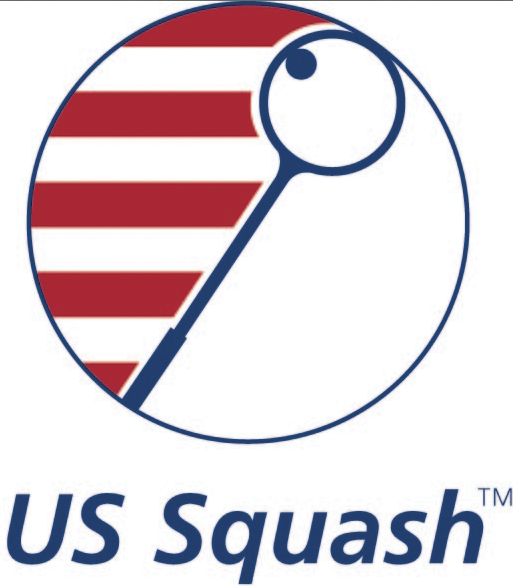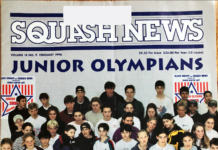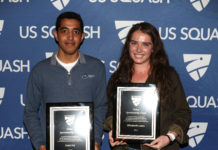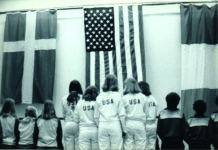By Jeannie Blasberg
Sixty-six high school teams. That’s well over 500 junior squash players. Easily the largest gathering of US juniors ever. Four years after Melinda Justi, the parent of a junior player, started the “National High School Championships,” the US High School Team Championships has become the highlight of the season for many junior players.
Almost to a player, you will hear juniors and adults talk about how playing in a team tournament is more fun than any individual event. Fans apparently appreciate the opportunity to cheer for a team too, evidenced by the shirtless, body-painted Brunswick School fans in the stands late on Sunday, February 11. From a management perspective, the tournament provides a valuable opportunity for US Squash staff (shirts and blazers intact) to work closely with coaches and administrators from high school leagues across the country, gaining insight on how to support their efforts most effectively.
Key elements of US Squash’s strategy to realize our vision of affordable access to squash for anyone in the United States are developing grassroots programs by seeding community programs, fostering collaboration among clubs and high schools to form new programs across the country and coordinating our efforts with the urban squash and education movement.
The JDEF plays an important role in our ability to…create affordable access to squash
US Squash is doing more than ever before in these areas using distributions from our Junior Development Endowment Fund (JDEF). The JDEF plays an important role in our ability to lead the effort to create affordable access to squash. US Squash JDEF grants go to programs such as the Dayton Challenge, now in its 5th year. The program draws over 100 kids from five area middle schools and provides practices once a week and matches on Saturday at no charge. Kidsquash in Cambridge, where free instruction is available to kids ages 8-17 each Saturday morning at Harvard University, also benefits from JDEF grants.
The opportunity to secure grant funding will stimulate innovative junior squash programs in communities around the country, and nothing has been more innovative than urban squash. Last year, US Squash provided important seed money, nearly a quarter of the operating budget, to the National Urban Squash & Education Association (NUSEA) which helps set standards and criteria for urban youth enrichment programs. With distributions from the JDEF, US Squash also matches grants to new programs approved by NUSEA such as MetroSquash in Chicago.
We continue to experience major shifts at the Association, from doing business as US Squash instead of USSRA, moving our headquarters to New York City—the marketing center of the world—revamping our entire governance structure to modernize how we operate, and shifting how we are organized as a professional staff. Perhaps most importantly, we are realizing the benefits of forming partnerships across the country including those with breakthrough junior programs, the urban squash scene and the high school squash league associations. Working together, we are far more effective in having an impact on the growth of the sport.
We’re seeing some positive results, evidenced by a 12% increase in membership in 2006, the 20% growth of the US High School Championships this year and a 28% increase in the number of sanctioned tournaments this season. And it’s just the beginning.





